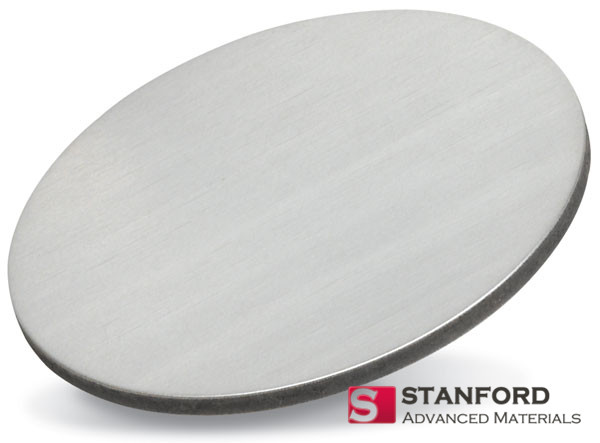Introduction
High entropy alloy sputtering targets are becoming popular due to their impressive properties and wide-ranging uses in modern industry. There are two main approaches to creating these targets. One involves a special smelting process, while the other makes use of powder metallurgy. Over many years, these methods have been refined to meet the demands of various applications. In today’s article, you will learn how both methods work in a friendly and easy-to-understand way.

Method 1: Special Smelting Method
The special smelting process begins with mixing the right amounts of raw metal materials. The metals are melted together in a special furnace. During this process, extreme care is taken to maintain a high vacuum. This vacuum step ensures that the mixture stays clean and free from unwanted impurities.
Once the metals are well-mixed in their liquid form, they are poured into a mold. The liquid quickly solidifies into an ingot. The ingot is then mechanically processed. In other words, it is cut, ground, or otherwise worked into the desired shape of a sputtering target. Smelting methods may include vacuum induction melting, vacuum arc melting, and vacuum electron bombardment melting. Each method has its own set of benefits and challenges.
A major advantage of the special smelting method is that it produces targets with a high density and low impurity content. This makes the target suitable for many demanding applications. However, there can be differences in melting points and densities among the various components. This sometimes makes it difficult to ensure the composition is completely uniform throughout the target.
Method 2: Powder Metallurgy Method
The powder metallurgy method takes a different route. Raw alloy materials are first melted, then quickly cooled to form an ingot. After the ingot is made, it is crushed into powder. The powder is then carefully blended with the required amount of other materials and put under static pressure. This process may involve different techniques, such as cold pressing or vacuum thermal pressing, to form the required shape of the target.
Following the pressure step, the powder is sintered at high temperatures. This step is critical. Sintering helps the particles bond together to give the target its strength. One of the largest benefits of the powder metallurgy method is that it can yield a very uniform composition in the final product. Even so, the method tends to produce targets with a lower density and a higher amount of impurities compared to the special smelting process.
Detailed Manufacturing Process
Once the initial method is chosen, the manufacturing continues with several additional steps. Whether the target starts from a melted ingot or from pressed powder, further treatment is key. The target material is often further processed through forging, where it is hammered or pressed to relieve internal stresses. This is sometimes followed by heat rolling to even out the material.
After these steps, the target is milled and ground to obtain a smooth and even surface. The surface preparation is important. A well-prepared surface can lead to stable sputtering performance during later applications. The target may then be thoroughly cleaned to remove any dust or residue. Drying follows to make sure that the final product does not have any moisture that could affect its performance.
Before the finished target is sent off, it goes through careful inspection using ultrasound or X-ray tests. These tests are simple but effective ways to ensure that there are no hidden defects. Once the target passes these checks, it is packaged and sent to the factory for final approval.
In some cases, targets may be combined with metallicized layers or attached to copper backplates. The bonding process is also monitored carefully to ensure that the final product meets the necessary industry standards.

Applications and Everyday Examples
High entropy alloy sputtering targets are used in several industries. They find their place in the electronics sector where thin films are deposited for circuit boards and semiconductor devices. For example, when a laser is used in the sputtering process, the high density of the target can lead to more stable outputs. In another instance, the powder metallurgy method, which ensures uniform composition, might be preferred in the manufacturing of coatings for specialized components. This is because even slight variations in the target’s composition can affect the final coating’s quality.
Even in everyday industrial settings, the balance between density and uniformity plays a key role. Technicians often pick the proper method based on what the final application demands. Sometimes the trade-off is acceptable, and sometimes further refining processes are added to meet stringent specifications.
Conclusion
Both the special smelting and powder metallurgy methods have a long-standing history in producing high entropy alloy sputtering targets. The former offers dense and clean targets but may struggle with uniformity. The latter provides even composition at the expense of density and can include more impurities. The choice between the two is made based on the specific requirements of the end application.
The journey from raw metal mixtures to fully processed sputtering targets is complex yet rewarding. With clear methods and proper quality checks, high entropy alloy targets continue to make their mark in modern manufacturing. For reliable and consistent materials, many industries trust the supplies from Stanford Advanced Materials (SAM).




